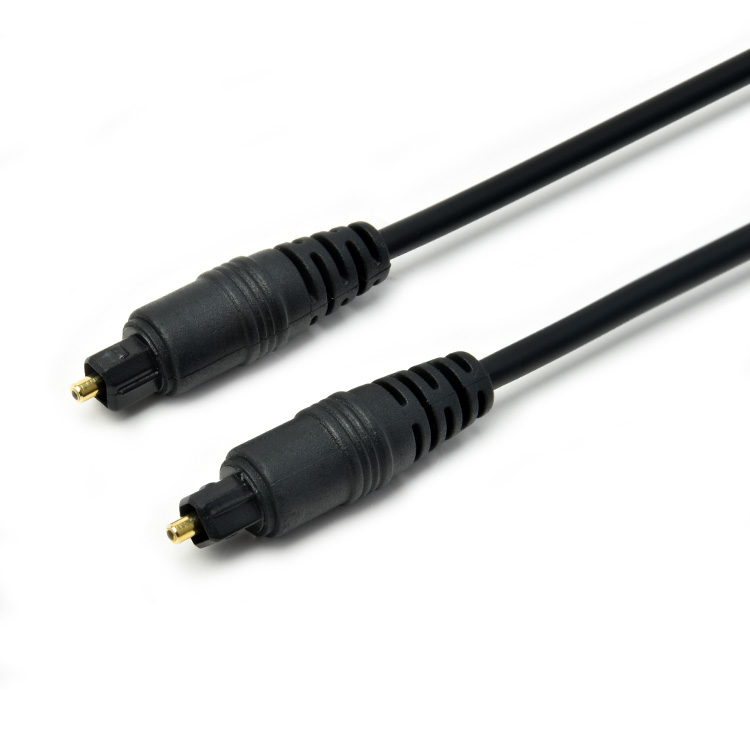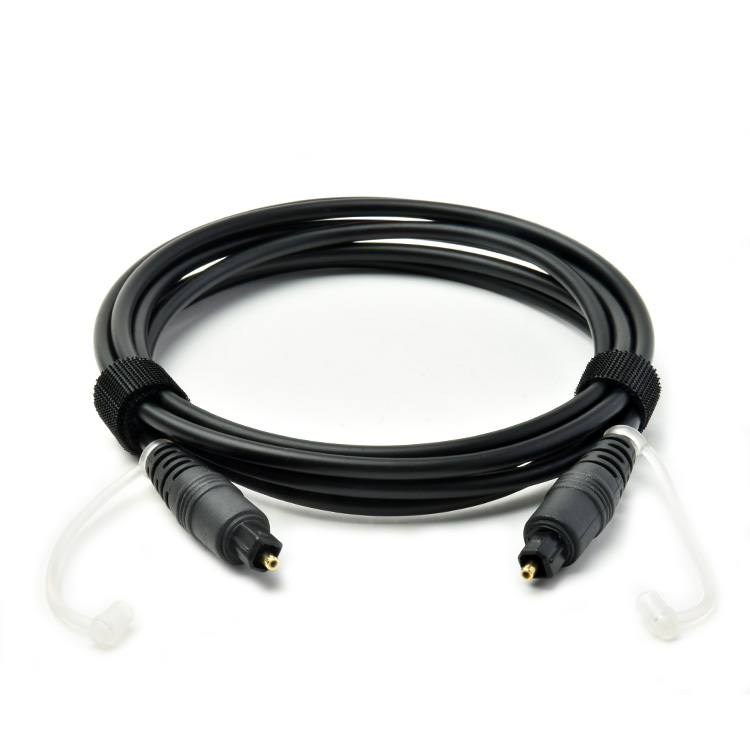Fiber optic cables come in various types, each designed for specific applications and environments.
some common fiber optic cable types:
Single-mode fiber (SMF): Single-mode fiber is designed to carry light directly down the fiber core with little dispersion, making it suitable for long-distance transmission. It has a small core diameter, typically around 9 microns, and is commonly used in telecommunications networks and long-haul applications.
Multimode fiber (MMF): Multimode fiber allows multiple modes of light to propagate simultaneously through the fiber core. It has a larger core diameter, typically 50 or 62.5 microns, which enables easier coupling of light sources and receivers. MMF is often used in shorter-distance applications such as LANs, data centers, and campus networks.
Plenum-rated fiber optic cable: Plenum-rated cables are designed for use in plenum spaces, which are air handling spaces typically found above drop ceilings or below raised floors in buildings. These cables have special insulation materials that emit minimal smoke and toxicity when burned, making them safer for use in these environments.
Armored fiber optic cable: Armored cables are reinforced with a layer of metal or polymer to provide extra protection against physical damage, such as crushing, bending, or rodent chewing. They are commonly used in outdoor installations, industrial environments, and areas where cables may be exposed to harsh conditions.
Distribution fiber optic cable: Distribution cables are designed for shorter runs and typically have a higher fiber count than other types of cables. They are often used for connecting equipment within buildings or between nearby buildings in a campus environment.
Loose tube vs. tight-buffered: Fiber optic cables can have either loose tube or tight-buffered construction. Loose tube cables have individual fibers loosely contained within gel-filled tubes, providing extra protection against moisture and mechanical stress. Tight-buffered cables have a thicker coating directly applied to each fiber, making them more suitable for indoor use and easier to terminate.
Pre-terminated fiber optic cable assemblies: These are pre-terminated cables with connectors already installed on one or both ends, ready for immediate deployment. They are convenient for quick installations and can help reduce labor costs and installation time.
These are just a few examples of fiber optic cable types available on the market, each with its own advantages and applications. When selecting a fiber optic cable, it's important to consider factors such as transmission distance, bandwidth requirements, environmental conditions, and installation constraints.


Competitive Price:
Place of Origin: Taiwan
Sales Method: Export, Manufacture, OEM/ODM
Payment Term: T/T
Safety/Quality Approvals: Quality system meets ISO 9002 standard & UL verification 





















